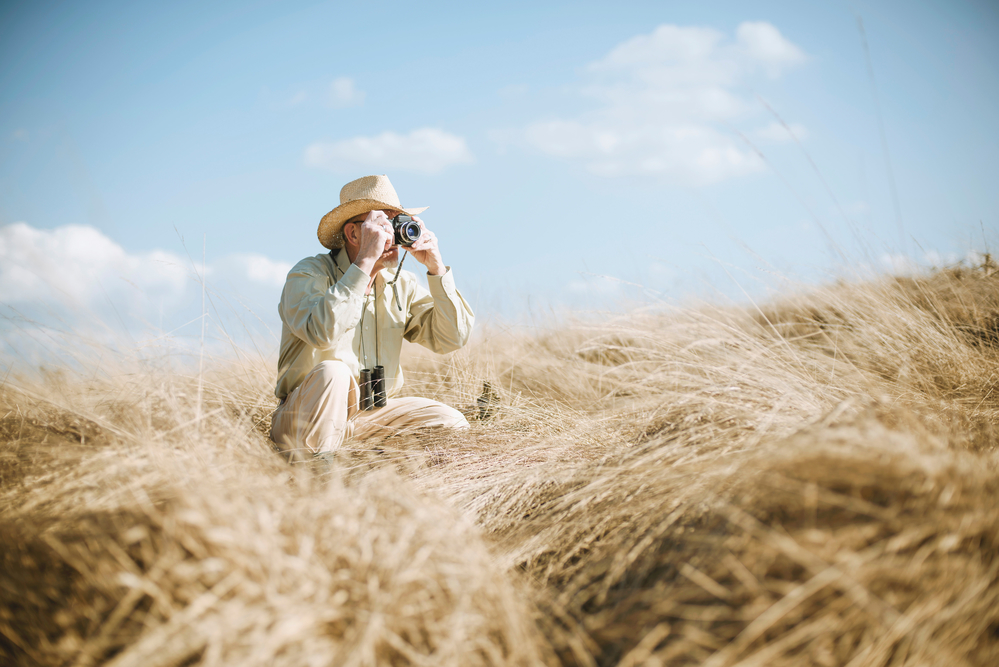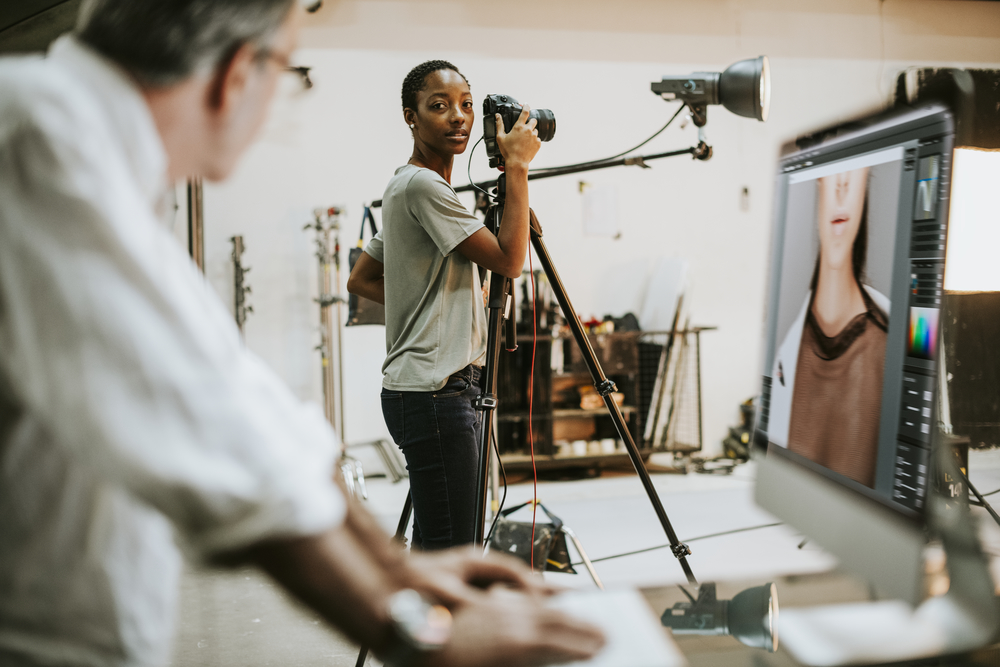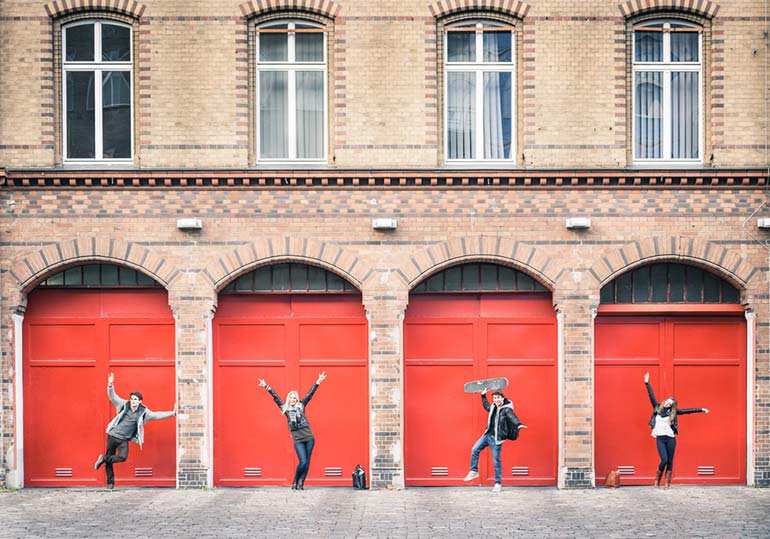Understanding Stock Photography Copyright
Stealing photos from Google or social media has been a quick solution for many, as photography copyright seems to be something too complex to deal with. It’s so easy to just copy, save, and include the perfect shot in your project. Less easy to deal with a potential lawsuit afterwards.
Indeed understanding copyright can take some time but it’s worth it. According to the World Intellectual Property Organisation, a photographer is granted copyright at the moment the picture is taken. What it means is that by saving photos without getting an author’s permission, you may be committing an infringement.
You can finally stop stressing out each time you have to work with visual content because we’ve created a guide where you’ll find everything you ever wanted to know about stock photography copyright.
What is copyright?
The copyright is a from intellectual property, according to which the creator of the work determines under which conditions the image can be copied, used, or shared. One can use the sign ( © ) to mark the copyright, which indicates the right to ownership.
According to the World Intellectual Property Organisation, a photographer is granted copyright at the moment the picture is taken. The photographer is the sole owner of the image, and it is illegal to use the copyrighted material for any purposes. There are two basic types of rights:
- economic rights to gain financial benefit from the use of the photo by others
- moral rights to protect the authorship and object to any modification of the work
If you’re not familiar with photography copyrights at all, the only thing you should remember is that saving images from Google search, social media or any other place without getting an author’s permission is illegal.
Where do I legally buy images?
Without violating any rights, you can get visual content at stock photography platforms like Depositphotos. Being one of the leaders on the market, Depositphotos works under the Digital Millennium Copyright Act that criminalizes the violation of copyrights. Accordingly, the platform offers a couple of license agreements, according to terms and conditions of which one can legally download and use visual content for both personal and commercial purposes.
What are the photography copyright licenses?
All stock photography platforms offer two most commonly used types of licenses: Rights-Managed (RM) and Royalty-Free (RF). The first one means that a purchased photo can be used only once. Meanwhile, the Royalty-Free license implies a non-exclusive lifelong right to use a photo for one’s purposes, however, within the bounds stated in the licenses of a particular stock photography company.
Suppose you plan to use a stock image for marketing purposes. With a Rights-Managed license, you are allowed to use it only once on one print or webpage. The Royalty-Free license allows for multiple use of an image but it’s equally important to comply with the rules of the license which has a limitation on the distribution of images.
Another copyright license is the Editorial Use Only. According to it, photos are prohibited for commercial use or advertising, as these files may contain images of people without model releases, private property releases, famous trademarks, or other elements that require special permissions. What this means is that images marked “Editorial Use Only” can be used in articles, blogs, non-fiction books, or documentaries only as descriptive materials.
Visuals the rights of which have expired (content is older than 50 or 70 years), been forfeited or waived by the author become Public Domain and can be used for any purposes without requesting the author’s consent or buying it on stock photography platforms.
To find more photos free of charge, search for the Creative Commons copyright license. It is quite comprehensive and has 6 sub-licenses. Among which are:
- Attribution CC that allows for modification of works as long as the author of the original image is credited.
- Attribution-ShareAlike also requires a credit and means that any deviations from the original work will be under the same license.
- Attribution-NoDerivs prohibits modifications but allows to use and share a photo for both personal and commercial purposes. Credits are obligatory.
- Attribution-NonCommercial allows using images for personal purposes in case of proper attribution.
- Attribution-NonCommercial-ShareAlike says that commercial use is not allowed but you can modify and share the work.
- Attribution-NonCommercial-NoDerivs means that you can only share the image for personal purposes but modifications and commercial implications are prohibited.
The visuals under Creative Commons license can be found not only at stock photography platforms but also when using advanced Google search and opting for ‘free to use or share, even commercially’ or ‘free to use, share or modify, even commercially’ usage rights.
Depositphotos photography copyright licenses
Each stock photography platform has separate licenses that unite the above-mentioned ones and have particular terms and conditions under which one can download visual content. Depositphotos provides two types of licenses:
- Standard license
- Extended license
All images under both licenses are Royalty-Free without the need for additional description or coordination of the place, audience, way of use, or other features.
Choosing the appropriate license
Which license to choose depends on how you plan to use the visual content.
To use downloaded images without the need for resale or free distribution, you should get the Standard License. It allows you to download files for both print and digital use – from websites, advertising banners, software, e-mails and e-books to printed advertising materials, newspapers, product packaging and even clothing.
The Extended License permits everything stated in the Standard License. The only difference is that it does not limit the number of copies and allows to download files for creation of resale and free distribution. For instance, if the image has been purchased under the Extended License, you can create templates from it and sell them.
Now, you are familiar with photography copyrights, license types, terms and condition of use, and ensure you’re not committing an infringement. To make your upcoming projects are not only legal but also truly unique, register at Depositphotos to get access to a fantastic library with more than 100 million files.
By the way, even after your subscription expires, you can still use all the purchased images in accordance with both licenses.









